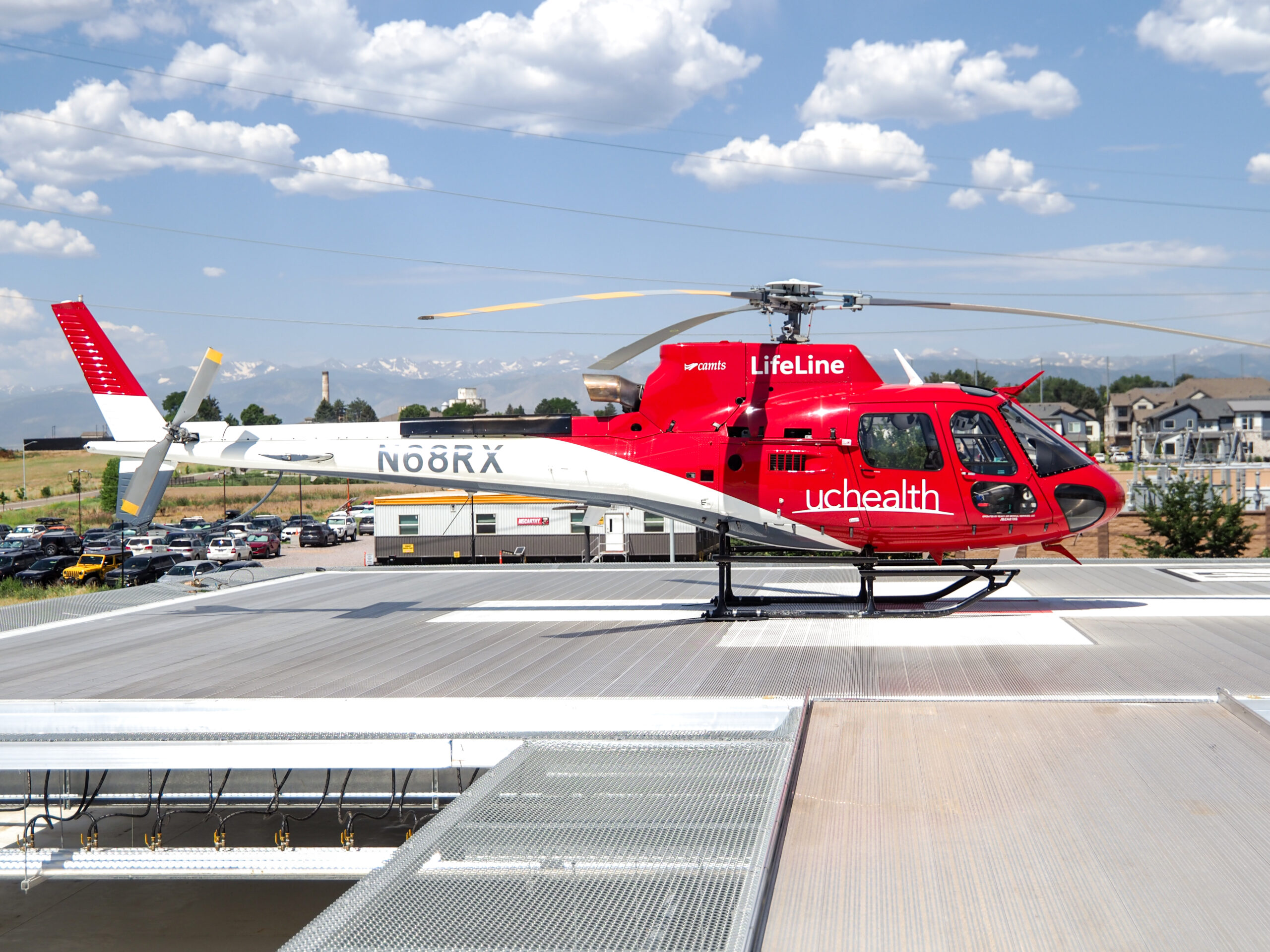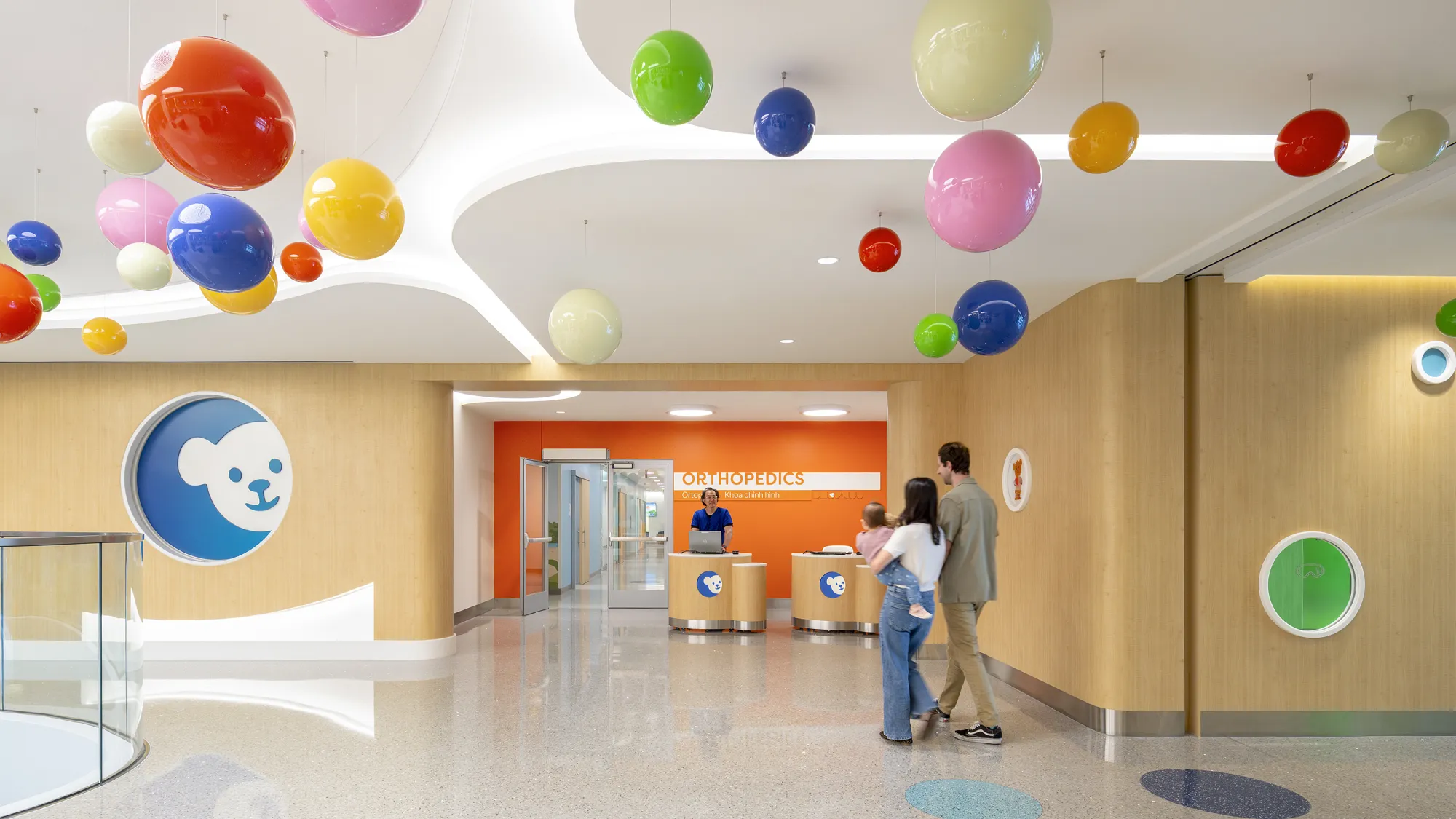By HCO Staff
APOPKA, Fla.—Much like many areas across Florida, Apopka is seeing rapid population growth and a boom in its residential market. With a growing population, there came a problem: residents in the area about 30 miles northwest of Orlando had to travel a significant distance if they needed infusion therapy.
AdventHealth called upon RS&H to design its Apopka infusion therapy center and USP800 pharmacy that now meets the community’s oncology needs.
“The need for it was huge because of the population growth,” said RS&H architect Matthew Wall. “We’re providing something not just for the patients who are going through this facility but family members, so they don’t have to go through the extra stress of travel.”
The 13,489-square-foot project was completed in late April 2023 and finished under budget. RS&H drove the planning, architecture, interior design and structural engineering project phases, which strayed away from corral-style infusion design and focused on increased patient comfort and stress reduction.
After discussing AdventHealth’s needs, a state-of-the-art, large pharmacy was at the top of its list. The client wanted a direct line of service from the pharmacy to individual treatment.
Implementation of this project element was ideal, thanks to the project’s location on the top floor of the medical office building (MOB). This proximity allowed ventilation to the roof, allowing the harmful gasses produced when compounding treatment drugs to be exhausted through minimal ductwork.
Even though the clinic was the final addition to the building, the existing infrastructure caused a few challenges in the design of the space. Apopka MOB now boasts a 2,400-square-foot compounding pharmacy, similar to AdventHealth’s Celebration Campus Cancer Center. A 400-square-foot clinical laboratory complements the USP800-compliant pharmacy.
“The staff can walk over to one part of the space, get the drug, take it to the patient, and treat them in the same space without a delay in time, without an extra storage facility or third-party vendor like many places do,” Wall said. “With physicians on site, they can really examine the patient. It’s a full-circle treatment cycle, all in one location.”
The facility incorporates 15 typical infusion treatment bays, three quick-turn infusion bays and two private isolation infusion rooms with ensuite toilets in an intuitive layout. Patients enter the facility, receive treatment by easily finding marked bays along a path similar to a racetrack, and exit through the same door they entered. Physicians are in the center of the bays, creating an immediate visual connection between patients and staff.
“Even though you are with a clinician, it is a very streamlined process,” said RS&H interior designer Jessica Whitlock. “You do not have to go through a maze of bays and rooms; it is pretty clear.”
Individual bays give patients control of their time in the clinic. Spacious bays enable family and friends to accompany patients during treatment. Patient-controlled blinds, televisions and recliners come standard in each bay, while the isolation rooms allow higher-risk patients to be sequestered and protect themselves or other patients with compromised immune systems from transmitting illnesses to one another.
Patient-controlled paneling between bays allows patients to chat with neighboring patients if they feel up to it or provides privacy and quiet during treatment. Bays are situated along the exterior of the building, each with large windows allowing ample sunlight to enter the rooms. Thanks to the design, patients can create a biophilic and physiological connection with nature and sunshine to turn their focus to recovery.
“It is so much less stressful on the patient and staff members,” Wall said. “When you minimize stress, recovery rates are higher, and everything is much more improved, not just efficiency. There are statistics that prove that stress has a significant impact on recovery, so when you can limit that stress, you’re going to have a big impact on that chance for recovery.”
For decades at cancer centers worldwide, patients ring a bell as a milestone celebration for completing their treatment, sharing hope and a new outlook for other patients nearby. Bell walls are commonplace in infusion treatment centers, but this project had a larger vision for the area.
RS&H gifted an extended rope to the clinical team, who participated in the design process. AdventHealth is a faith-based organization, and the rope itself represents the Holy Trinity. The rope’s components – two white strands representing hope and healing and one blue strand representing RS&H – were woven together, creating a bond between the organizations and the project.
Scripture, poetry and other imagery surround the bell, providing a pop of color and optimism to all who enter the facility.
“We took the opportunity to elevate the design around this bell – to actually make it a moment in that particular patient’s journey,” Whitlock said. “We put it out in an area where patients, as they were going each time to the facility to get treatments done, would walk past it as a sign of hope and determination for the day when they ring that bell. It’s very special.”





